A video is being shown
“Culture is a set of distinctive spiritual, material, intellectual and emotional features of a society or social group.
It encompasses, in addition to art and literature, lifestyles, ways of living together, value systems, traditions and beliefs” UNESCO – Universal Declaration on Cultural Diversity
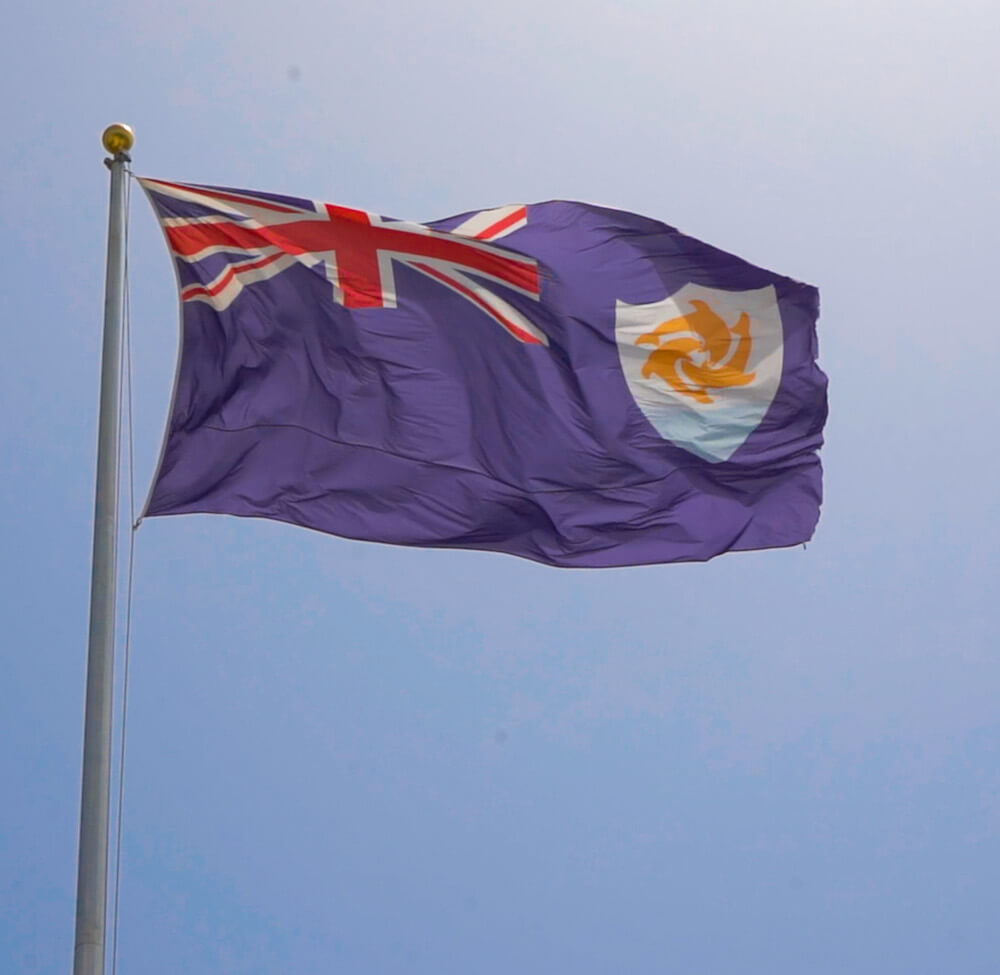
On 1 February 1980, Anguilla became a separate crown colony from St.Kitts and Nevis and later adopted the blue ensign with the former flag as a sort of badge. The current flag — blue ensign with dolphin badge — was suggested by the previous Governor of Anguilla, Mr. Brian Canty, who drew sketches which were sent to London for approval by Her Majesty the Queen. The new flag was first hosted and adopted on 30 May 1990. The three dolphins represent Unity, Strength and Endurance.

These colours were used in the “Three Dolphins Flag” of the Anguilla Revolution and are found today in many government emblems, on the National Flag and in traditional and contemporary National Wear. The Orange represents our Sunshine and in heraldry, orange is symbolic of strength and endurance.
The White represents our beaches and also signifies safety, purity, cleanliness and a successful beginning. In the heraldry, white depicts faith and purity. The Turquoise represents our seas and skies. Additionally, turquoise is known to represent open communication and clarity of thought.

Alex Richardson started playing the guitar at about age 10 and started a High School band. He performed as a junior calypsonian (Lord Libra) capturing the crown in 1981, the same year he wrote Anguilla’s National Song, “God Bless Anguilla”.
Verse 1
God bless Anguilla
Nurture and keep her
Noble and beauteous
She stands midst the sea
Oh land of the happy
A haven we’ll make thee
Our lives and love
We give unto thee
Chorus
With heart and soul
We’ll build a nation
Proud, strong and free
We’ll love her hold her
Dear to our hearts for eternity
Let truth and right
our banner be
We’ll march ever on
Verse 2
Mighty we’ll make
Long may she prosper
God grant her leaders
wisdom and grace
May glory and honour
Ever attend her
Firm shall she stand
Throughout every age
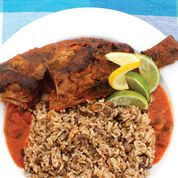
A very popular meal both traditionally and up to this day in Anguilla. The peas are typically pigeon peas that grow easily in our climate.
Anguilla is a small island that relies heavily on fishing for a large part of its food supply; therefore much different fish were used in this meal including; Goatfish, Snapper, Bufflehead/Cockabelly, Grunt, Doctor Fish, Rockhind, Redman, Old Wife and Butterfish.
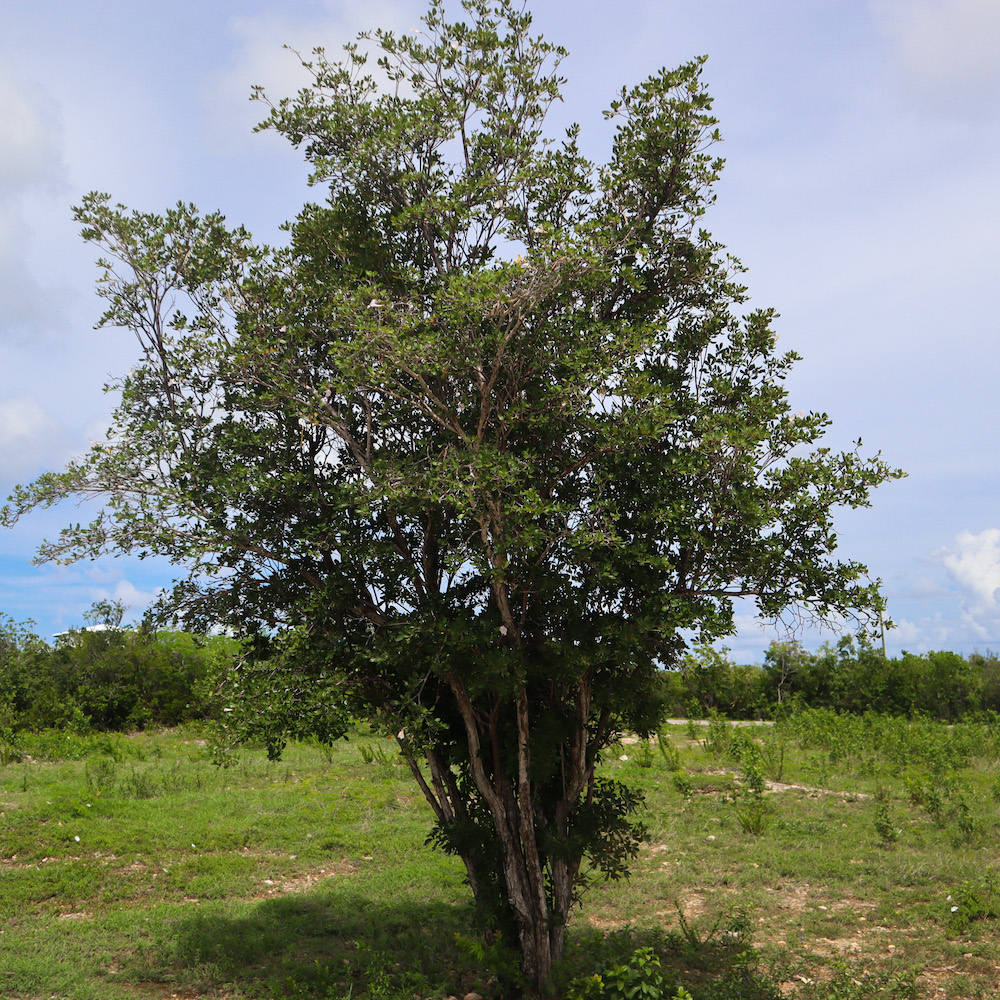
The White Cedar Tree (Tabebuia heterophylla) is the most populous and beloved tree in Anguilla. Its wood was used in Boat Making. Strips of its bark tie together to form a makeshift rope. This rope was tied around bundles of firewood which were carried on the head. The Cedar stands as a symbol of Anguillian Strength, Beauty and Resource.
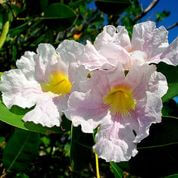
The White Cedar Flower (Tabebuia heterophylla) is the most famous and widespread flower on Anguilla. During its season of blooming, it adds much colour to our green landscapes. It is found in various colour shades from white to deep pink/fuschia across the Island.
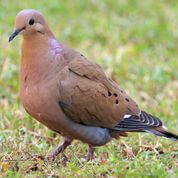
The White Cedar Flower (Tabebuia heterophylla) is the most famous and widespread flower on Anguilla. During its season of blooming it adds much colour to our green landscapes. It is found in various colour shades from white to deep pink/fuschia across the Island.
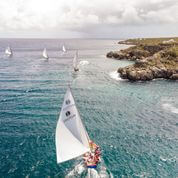
The White Cedar Flower (Tabebuia heterophylla) is the most famous and widespread flower on Anguilla. During its season of blooming it adds much colour to our green landscapes. It is found in various colour shades from white to deep pink/fuschia across the Island.

The Anguilla Bank Ameiva or Anguillian Ground Lizard is found on the main island of Anguilla and most of its surrounding cays, where it is very common. Among those populations, adults are grey-brown tinged with green-blue. It is found on the Caribbean islands of Anguilla, Saint Martin, and Saint Barthélemy in the Lesser Antilles. It lives on the rocks or in holes in the ground.